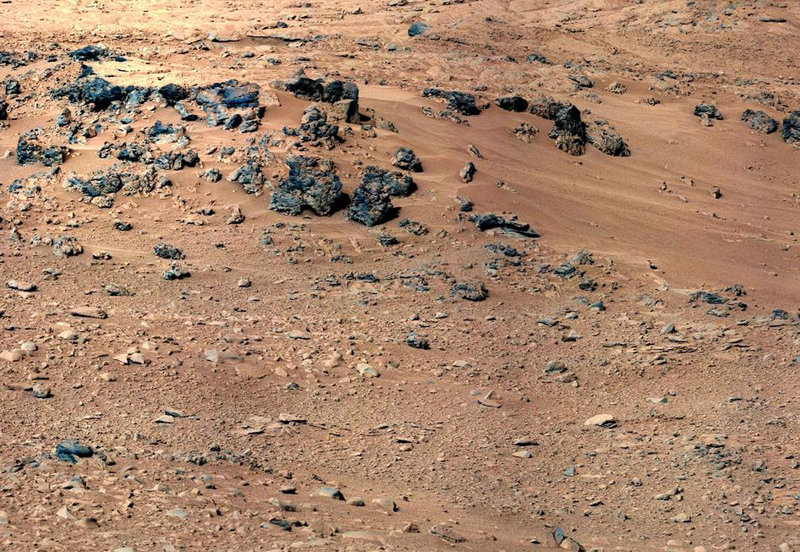PHOENIX
Mexican police arrest two in fatal shooting of U.S. agent
Federal police have arrested two men who may be connected with the fatal shooting of a U.S. Border Patrol agent just north of the Mexico-Arizona border, a Mexican law enforcement official said Thursday.
The official, who spoke on condition of anonymity because he was not authorized to release the information, said it was unclear if there was strong evidence linking the men to the shooting of Agent Nicholas Ivie.
Ivie and two other agents were fired upon Tuesday in a rugged hilly area about five miles north of the border near Bisbee, Ariz., as they responded to an alarm that was triggered on one of the sensors that the government has installed along the border.
The wounded agent was shot in the ankle and buttocks and released from the hospital after undergoing surgery. The third agent wasn’t injured.
OKLAHOMA CITY
Most states don’t meet sex offender program conditions
Nearly three dozen states have failed to meet conditions of a 2006 federal law that requires them to join a nationwide program to track sex offenders, including five states that have completely given up on the effort because of persistent doubts about how it works and how much it costs.
The states, including some of the nation’s largest, stand to lose millions of dollars in government grants for law enforcement, but some have concluded that honoring the law would be far more expensive than simply living without the money.
“The requirements would have been a huge expense,” said Doris Smith, who oversees grant programs at the Arkansas Department of Finance and Administration. Lawmakers weren’t willing to spend that much, even though the state will lose $226,000.
The Adam Walsh Child Protection and Safety Act, named after a boy kidnapped from a Florida mall and killed in 1981, was supposed to create a uniform system for registering and tracking sex offenders that would link all 50 states, plus U.S. territories and tribal lands.
WASHINGTON
Mars Curiosity set to begin its pre-test sand shaking
Mars Curiosity is about to take its first sip of the red planet’s sand. But only after NASA’s rover plays bartender to make sure the dry dust is shaken, not stirred.
The rover’s scoop will dig into the sand Saturday. Then the action starts. The end of the rover’s 220-pound arm will shake “at a nice tooth-rattling vibration level” for eight hours, like a Martian martini mixer gone mad, said mission sampling chief Daniel Limonadi said.
“It kind of looks and feels like if you open the hood of your car with the engine running,” Limonadi said, making engine noises in a Thursday NASA telephone press conference.
That heavy shaking will vibrate the fine dust grains through the rover chemical testing system to cleanse it of unwanted residual Earth grease. That’s important for the sensitive scientific instruments that are the keystone to the $2.5 billion mission that launched last year.
The rover landed in August and has traveled three-tenths of a mile, taking pictures and analyzing the Martian air.
For the next week or two, Curiosity will scoop, shake and dump sand out three times, like a robotic version of cleaning its mouth out with mouthwash, Limonadi said. The fourth time, the rover will slowly pour “a half a baby aspirin pill of material” into the mobile lab to start a complex chemical analysis, he said.
There’s nothing that seems special about the sand that will be tested and that’s why NASA picked it out. It’s good to start with “boring safe Martian sand dune,” Limonadi said.
The car-sized rover has a complex chemical lab, a scoop and a drill to look for the basic ingredients of life, including carbon-based compounds, nitrogen, phosphorus, sulfur and oxygen.
— From news service reports
Send questions/comments to the editors.



Success. Please wait for the page to reload. If the page does not reload within 5 seconds, please refresh the page.
Enter your email and password to access comments.
Hi, to comment on stories you must . This profile is in addition to your subscription and website login.
Already have a commenting profile? .
Invalid username/password.
Please check your email to confirm and complete your registration.
Only subscribers are eligible to post comments. Please subscribe or login first for digital access. Here’s why.
Use the form below to reset your password. When you've submitted your account email, we will send an email with a reset code.